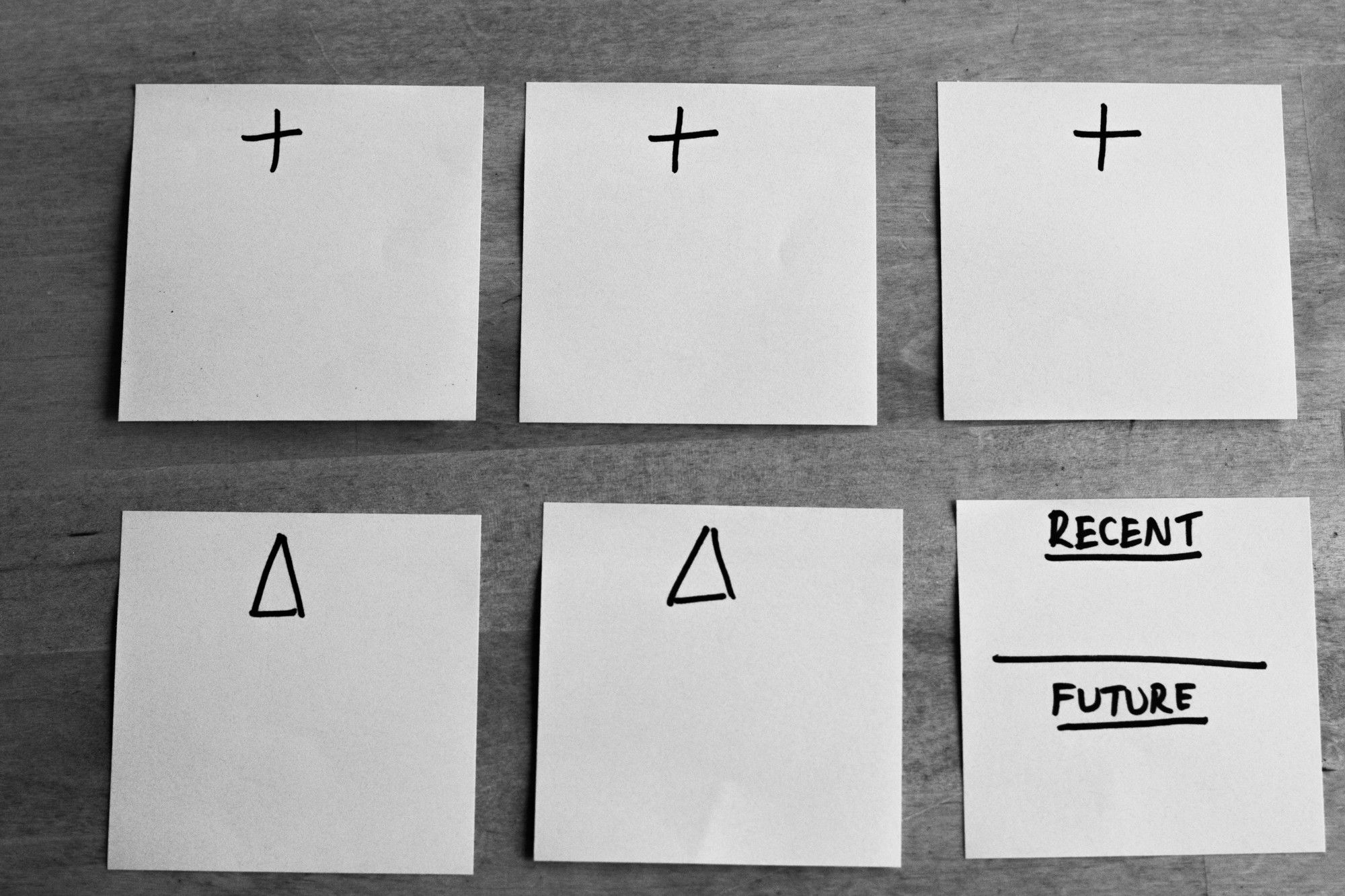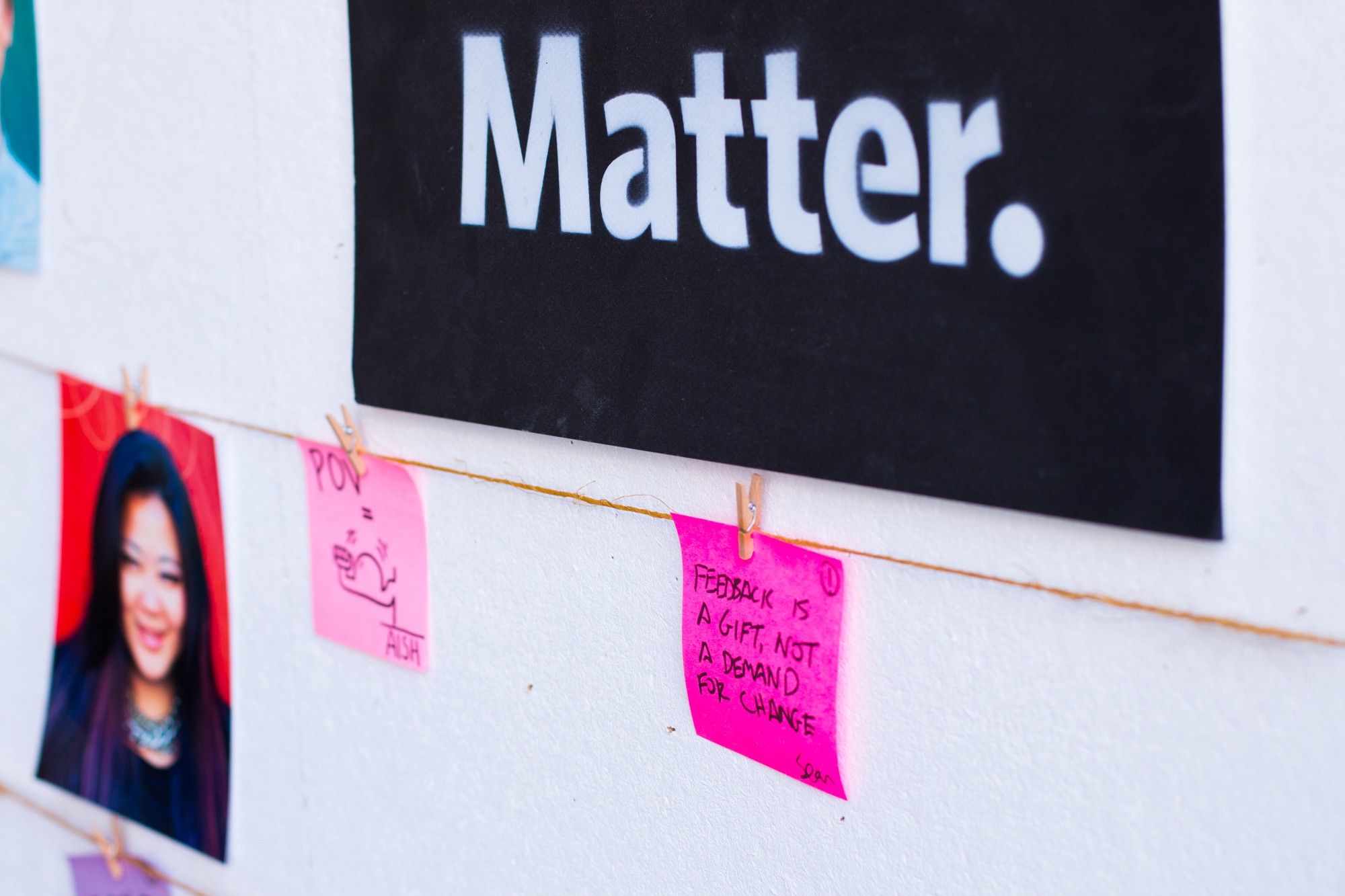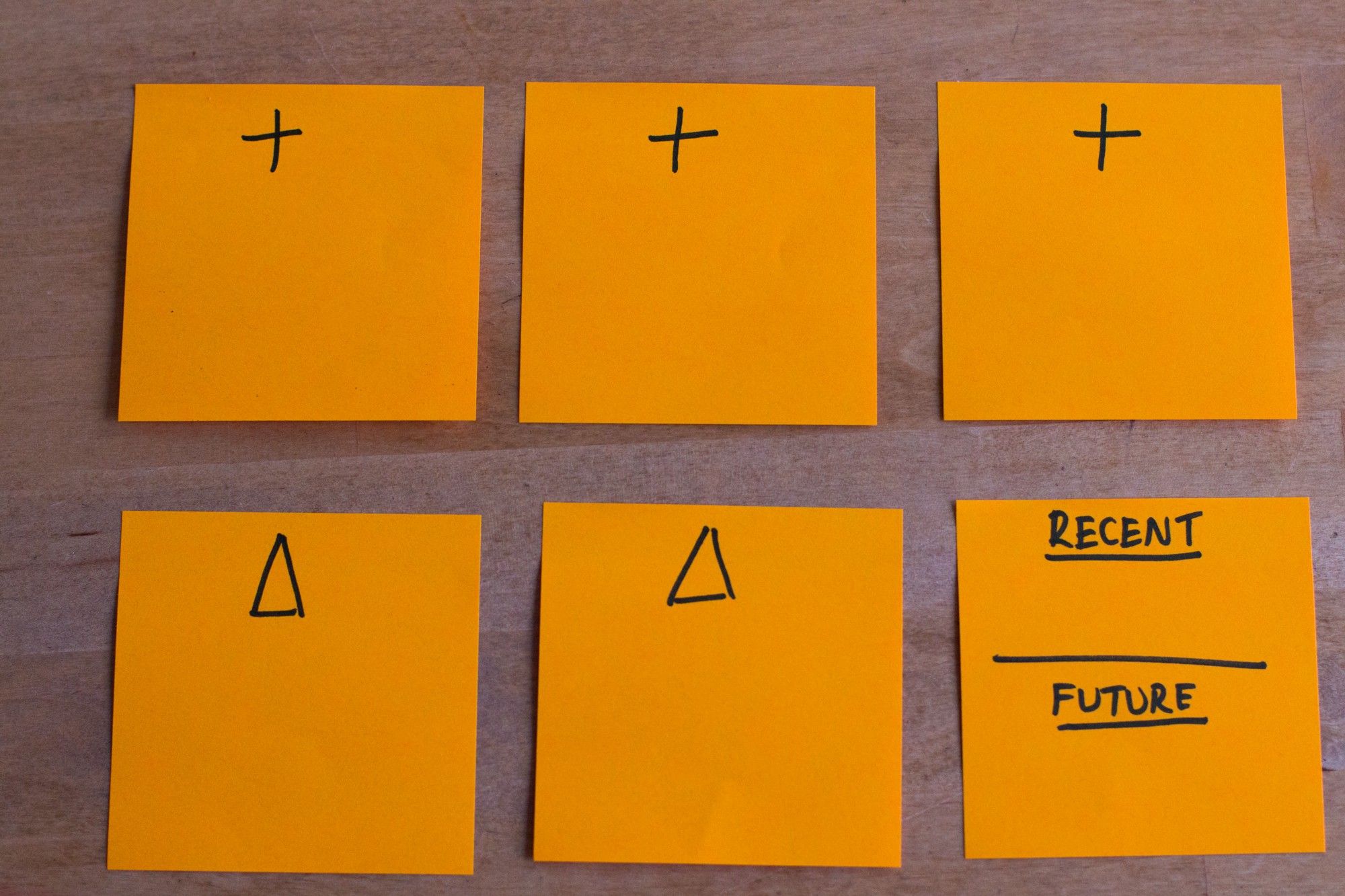Feedback is a gift.

Top highlight

I come from a world where there’s almost no time for reflection. In the hurly-burly of the TV news cycle, barreling from one breaking news event to the next, there’s rarely the opportunity to really dissect “how it went.” Sometimes we’d exult at having got the story first, or bagging an interview with a big name who rarely speaks to media, or pulling off a tricky multi-part live broadcast.
But critical analysis of our performance, individually and as a team, in a structured way — there wasn’t space for that. Evaluation of how our product (and in those days I never thought of news as a product) was serving our audience — there wasn’t data on that. Most of the time we weren’t really sure who our audience was, anyway.
In the old days, a post-mortem, in the sense of dissecting an event once it had happened, was more of a hurried glimpse into the cadaver to make sure all the organs were still there. The feedback I did rarely receive tended to be extreme in nature. Either a thundering clap on the back, like that time I ventured into the middle of a frothy nighttime protest over the death of Eric Garner to shoot a piece-to-camera with a camera I feared was about to get trashed. Or, after an accident with expensive equipment in the field, a stream of invective so blistering it fairly melted the skin on my face.
Worse than both of those was the radio silence. Time after time, working remotely as a correspondent, I crafted my report, sent it into the newsroom and heard…nothing. Had it arrived safely? Had it been broadcast? Did anyone watch it? Did anyone like it? How could I improve? The feedback loop wasn’t broken, it was non-existent. I had no sense of impact and no sense of personal growth from an external perspective. Performance reviews weren’t annual, they weren’t ever. I worked for two years for the same company without a single formal feedback session.

Then I came to Matter, where there was a slogan on the wall about feedback and the context within which it should be taken. “Feedback is a gift, not a demand for change” — something to be grateful for, even to cherish, but not necessarily something that had to be acted upon. During week 1, I heard about these things called deltas (Δ) which made me think of the restive Niger Delta and tensions over oil (international news hangover) but were actually a way of suggesting room for improvement (delta being the Greek symbol for change). During week 2, we had a post-it-note-filled-post-mortem with a timeline and happy and sad faces and everyone pitched in, thinking about what we’d excelled at and where we could do better next time.
At Matter, feedback rains down like the abundant Spring (and Summer, Autumn and Winter) rain of my homeland, Wales. Calendar slots are carved out for, and dedicated wholly to, feedback. Full team, sub-team and, gulp, one-on-one. That was the hardest.
At first I dreaded the thought of sitting for half an hour with a teammate and watching them write down things about me on post-it notes. I had to write about them too — 3 things “I like” (+), 2 things “I wish” (Δ), 1 thing to sum up our working relationship — and I felt resistant. What do you mean, I have to put two deltas? I can’t think of two deltas. My teammates are superstars! I can’t conjure criticism out of my armpit! And even if I could, I couldn’t fit it on a 3x3 inch neon orange post-it note and then show it to them! Don’t make me!
Even when one of the entrepreneurs from Matter Five, our last class, told me how learning to give and receive feedback had been literally life-changing, I still dreaded it. My news-hardened brain, always focused on tomorrow, the next story I’d need to plan for and line up, was untrained in the stillness of reflection and even worse at articulating the thoughts that did crystallize when I took the time to think.
Three months in, I’m a convert. Don’t get me wrong, feedback can still be difficult to swallow, especially for a sensitive British lass. But if I’ve learned one thing, it’s that it’s an amazing tool for nipping problems in the bud. Regular one-on-one feedback sessions with a structure and purpose and a safe space to talk openly really help obliterate tensions before they fester.
Matter’s succeeded in creating an environment of healthy feedback-swapping, and I’m evangelizing about it. So much so that my husband’s introduced feedback sessions at his workplace, and hopefully you will at yours. Here are some of the must-haves for successful one-on-one feedback:
Create a safe place to be vulnerable
We try to give feedback somewhere quiet, without interruption, in order to create a safe space where you can speak freely and confidentially without someone else overhearing. A place where it’s OK to be vulnerable.
Very importantly, in the order of the session, you give feedback to yourself before the other person does. This encourages you to open up and share the things you’re not so proud of, as well as the ones you are. Interestingly, you very often identify the exact same trouble spots your teammates do. Their feedback reinforces your own analysis. The process is somehow fortifying, and by identifying areas for improvement together, you’ll find your colleagues support you in your quest to fix them. The word “confidence” has already cropped up many times in my feedback sessions and now, because I’ve discussed it with everyone, I have more confidence in a group context about admitting when I don’t feel confident. Ta da!
We always make sure to time-box our feedback into half an hour, divided into 3 x 10 minute sections: the first one’s to write feedback on your post-its, the second and third are to share in turn. That’s important because you should both have an equal amount of time. I’ve found it’s easier to articulate feedback if I start thinking about it in advance. Like many things, analysis and articulation are mental muscles. I try to exercise mine by giving myself some constructive feedback every day rather than wandering along in a blissful haze of just doing, without critiquing.

Bring in a framework
Feedback can seem like a nebulous blob or stream-of-consciousness without a structure. Having clearly delineated, non-overlapping sections within which to frame your thoughts makes it easier for you to express them and easier for the other person to make sense of them. Also, if you want to remedy a problem, it really helps to encapsulate it in a post-it-sized thought. It gets to the nub of the issue.
At Matter, one-on-one feedback fits almost without exception into six post-its. Three are things you have done well, two are things you could improve on, and the last one sums up how you’ve been feeling recently in relation to work, and how you’re feeling about the future. Then you fill out the same post-its for your colleague, but this time the last box is about your working relationship recently and going forward.

You share like this: Positives -> Deltas -> Big Picture. You keep the post-its you wrote about yourself, and that your colleague wrote about you. Take the time to look at them again, later on, and think about whether you’ve made any progress on the deltas you identified. (No one’s forcing you to work on any of the deltas, though it’s probably a good idea.) I’ve started grouping mine into areas for development and tackling one big one per week.
Watch your language
Picture a volleyball or tennis court with a dividing net down the middle. You’re on one side and your colleague is on the other. When you give feedback, you need to stay on your side of the net. No trespassing. Going over the net means you start hypothesizing dangerously about what the other person thinks or feels. Making assumptions, basically. Feedback doesn’t go well when you take an accusatory tone and start saying, “when you do [X], it means [Y].” Such as, “when you look at your phone during my meeting, it’s because you’re not engaged.” You’re jumping over the net, and to conclusions.

The solution is to only express a fact, a true thing that you know to be true because it’s about your emotions, not theirs. Such as, “when you did [X], it made me feel [Y].” “When you look at your phone during the meeting I was running, it made me feel disrespected.” It’s not about blame, it’s about cause and effect, and you are acknowledging your responsibility in the process. If you HAVE to go over the net, the best way to frame it is in terms of a “story” you were telling yourself — which again makes it clear that was a process going on in your own head.
The main thing is that you can communicate your feelings without putting the other person on the defensive, otherwise resolutions are elusive. That’s why we also don’t try to justify ourselves when receiving feedback. All we do is say “thank you”. Sure, discussions can open up afterwards, and there can be questions about the points raised. But fighting back is never the objective.
Feedback has changed me. Not just because I’m trying to implement my colleagues’ suggestions about how to do my job better, but in terms of my outlook. Now, instead of being scared of it, I actively seek out feedback. I run ideas and concepts past other people early in any process and ask them for their input, which is a crucial plank of design thinking. I try not to be precious about my work. I self-critique on a daily basis to flex and develop my feedback muscle. I think hard about where insights come from and look for better ways to articulate and frame them so that they’re useful to others. And I try not to run away from difficult conversations about interpersonal relationships. I truly believe lancing boils while they’re still small has made me a happier human being.
So what about you? Are you a feedback friend or foe? What are the best, and worst, ways of giving feedback? Do you have a template that works well for you? And while we’re on the topic, do you have any feedback about my article on feedback?

